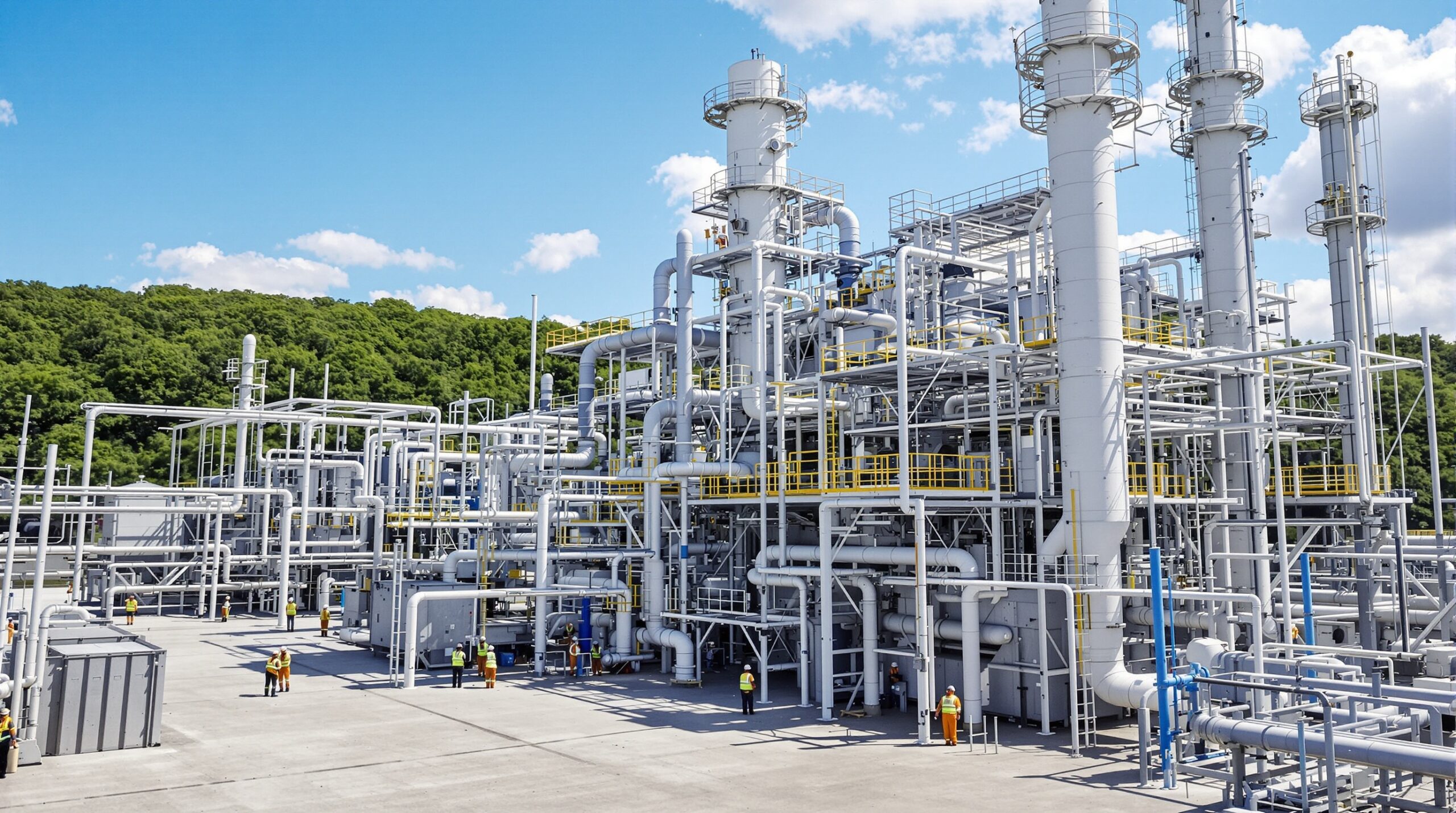Industrial sectors remain some of the world’s most significant carbon dioxide polluters. Cement, steel, and power generation contribute the majority of emissions each year. Historically, these emissions went straight into the atmosphere, accelerating climate change. Today, cutting-edge carbon capture technologies are changing this equation by transforming emissions into valuable commodities.
Understanding Carbon Capture and Utilization (CCU)
Carbon Capture and Utilization (CCU) involves trapping carbon dioxide at its source. It then converts the captured CO2 into commercial products or reusable materials. This approach goes beyond traditional Carbon Capture and Storage (CCS), which focuses only on sequestration. By turning waste into value, CCU solutions offer new incentives for industries to decarbonize their operations.
Direct Air Capture: Sourcing Carbon from the Atmosphere
Direct Air Capture (DAC) technology extracts carbon dioxide directly from the ambient air. The process uses chemical sorbents or physical filters to attract and trap CO2 molecules. Air is passed over these materials, which bind with the carbon dioxide. Once saturated, the filters undergo controlled heating or pressure change, releasing pure CO2 for further processing. This approach can operate near industrial sites or even remote locations. Climeworks and Carbon Engineering are pioneering DAC systems globally, setting new standards in air purification.
Post-Combustion Carbon Capture in Heavy Industries
Many heavy industries produce exhaust gases containing significant CO2 after burning fossil fuels. Post-combustion carbon capture targets these emissions directly at the flue stack. Advanced solvents, such as amines or chilled ammonia, chemically bond with CO2 during the process. The captured gas undergoes regeneration for reuse or transformation. This technology integrates smoothly into existing plants, providing a practical pathway to decarbonize steel mills and cement factories.
Innovative Mineralization: Cementing Carbon Permanently
Mineralization mimics natural geological processes to lock away carbon dioxide permanently. Innovative startups inject captured CO2 into concrete or mine tailings, allowing it to react with minerals like calcium or magnesium. These reactions form stable carbonates, which improve material strength and durability. Companies such as CarbonCure and Carbfix are commercializing mineralization technologies worldwide. Their solutions help sequester millions of tons of CO2 while enhancing the value of building materials.
Electrochemical Conversion: CO2 as Feedstock for Valuable Chemicals
Cutting-edge electrochemical systems use renewable electricity to convert captured carbon dioxide into useful chemicals. These devices often employ specialized catalysts that steer the reaction toward specific products. CO2 can be transformed into ethylene, methanol, or formic acid—key precursors for plastics and fuels. As green electricity costs fall, these systems offer scalable solutions for turning waste gases into high-value resources. Electrocatalysis can run continuously, offering industrial sites a reliable way to reduce emissions and generate income.
Microbial and Algal Solutions: Biological Carbon Utilization
Biological carbon capture employs engineered microorganisms or algae to convert CO2 into biomass. These organisms can feed on concentrated CO2 streams from factories or power plants. Through photosynthesis or fermentation, they produce valuable products like proteins, biofuels, or specialty chemicals. This approach not only captures carbon but also helps supply the global demand for sustainable materials and energy.
Turning Carbon into Fuels: Renewable Hydrocarbon Synthesis
Some technologies use CO2 as a raw material for synthetic fuel production. By combining green hydrogen with captured carbon, companies create drop-in fuels for transportation and aviation. These synthetic hydrocarbons emit far less greenhouse gas over their lifecycle compared to traditional fossil alternatives. Startups like LanzaTech leverage gas fermentation and catalytic conversion to turn industrial CO2 emissions into ethanol and sustainable aviation fuels.
Scaling and Integrating Carbon Capture Across Industries
Widespread adoption of carbon capture faces several hurdles, including costs, infrastructure, and regulatory frameworks. Technology providers are working to lower capture and conversion costs through innovation and scale. Policies such as carbon credits or emission reduction mandates help drive deployment. Cross-sectoral partnerships are emerging, linking heavy industry, chemical producers, and energy companies to share infrastructure. These collaborations help accelerate the adoption of CCU solutions, benefitting both the environment and the economy.
Economic and Environmental Benefits of Carbon-to-Value Solutions
Transforming industrial emissions into valuable commodities changes the economics of carbon capture. Companies now see CO2 as a potential revenue stream, not just a liability. This shift helps offset project costs and encourages investment in sustainable practices. Each ton of CO2 converted into usable goods reduces atmospheric pollution and supplies the market with greener alternatives. As demand for low-carbon materials grows, CCU creates new economic opportunities and jobs.
Challenges and Future Outlook for Carbon Capture Technologies
Despite rapid progress, several challenges remain before carbon capture reaches a global scale. Technologies must handle diverse CO2 sources and achieve consistent product quality. Some processes require large amounts of clean energy, increasing operational complexity. Policymakers and industry leaders work to streamline permitting, incentivize innovation, and standardize measurement methods. Ongoing research focuses on improving capture efficiency, expanding utilization pathways, and reducing costs.
Conclusion: Toward a Circular Carbon Economy
Innovative carbon capture and utilization technologies are changing the role of industrial emissions in the global economy. By converting waste gases into marketable resources, industries lower their environmental footprint and unlock new possibilities. The ongoing development and integration of these solutions point the way toward a cleaner, more circular carbon economy. As momentum builds, transforming emissions into value will be central to achieving ambitious climate and sustainability goals worldwide.


